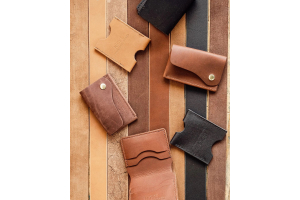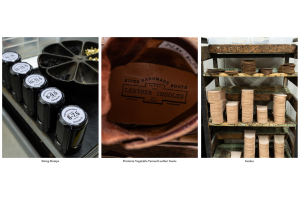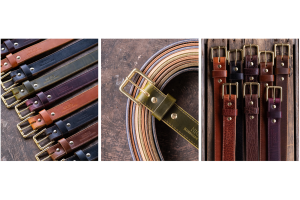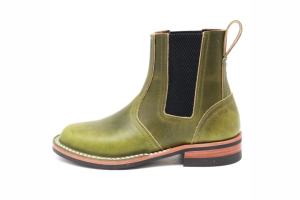Faux Leather Vs Real Leather: Key Differences Explained
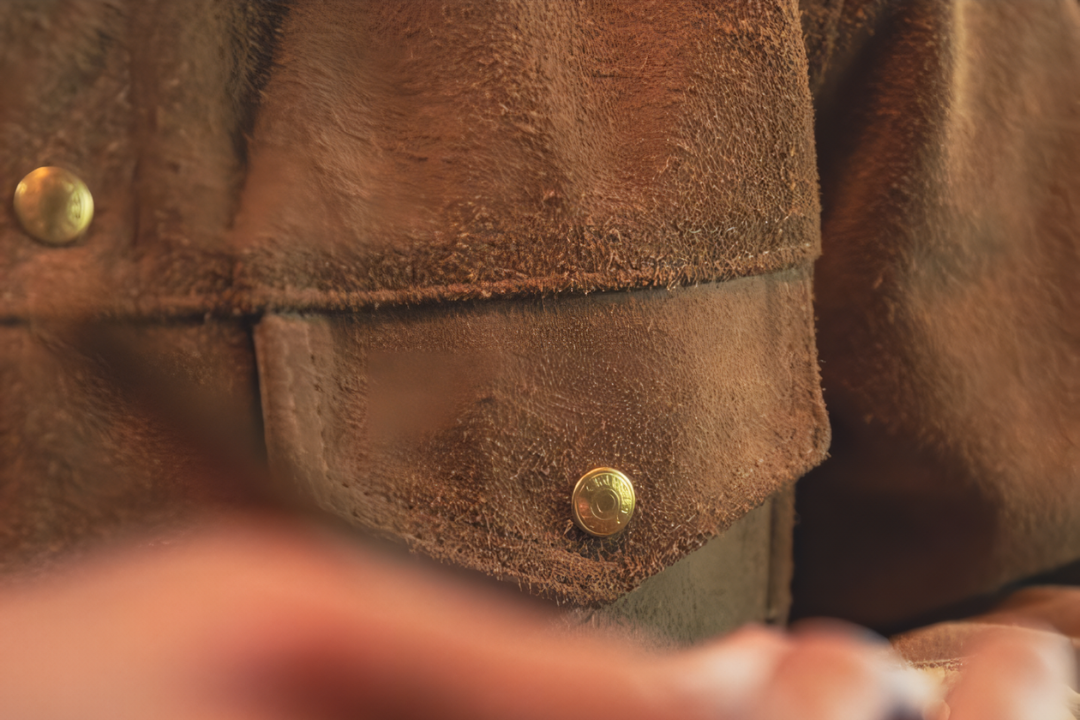
Key Takeaways:
- Durability and Maintenance: Real leather lasts longer, ages beautifully, and can be restored, while faux leather is easier to maintain but prone to peeling and cracking.
- Comfort and Breathability: Real leather molds to the body and is naturally breathable, making it more comfortable for long-term wear. Faux leather retains heat and lacks flexibility.
- Cost and Ethical Considerations: Faux leather is a budget-friendly, cruelty-free option, while real leather is a premium investment with superior durability and timeless appeal.
Can the material of a jacket affect how it looks, feels, and lasts over time? Many shoppers face this dilemma when choosing between faux leather and real leather, wondering which one offers the best value. While both have advantages, the right choice depends on your priorities—whether it’s durability, cost, or ethical concerns.
At Nicks Boots, we don’t just sell leather; we craft it into high-quality products that stand the test of time. With years of expertise working with premium materials, we understand the intricate details that set real leather apart and the innovations that have made faux leather a worthy contender. Our commitment to craftsmanship means we appreciate both materials for their strengths and recognize their differences in performance, longevity, and style.
In this article, we’ll break down the key differences between faux leather and real leather. From durability to maintenance, sustainability to price, we’ll give you the insights you need to choose the best option for your next jacket.
What Is Real Leather?
Real leather is derived from the hides of animals such as cows, goats, and sheep, making it a natural and authentic material. Through the tanning process, these hides are treated to prevent decomposition, enhancing their durability, flexibility, and resistance to daily wear. As it ages, real leather develops a distinctive patina, a sheen or deepening of color that adds character and uniqueness to each piece, making it highly desirable among enthusiasts.
One of the most significant advantages of real leather is its remarkable strength and longevity. Unlike synthetic alternatives, which may crack, peel, or degrade over time, genuine leather maintains its integrity, often becoming softer and more visually appealing with age. This exceptional durability makes it a top choice for those seeking high-quality outerwear, furniture, and accessories that stand the test of time and improve in appearance and texture as they mature.
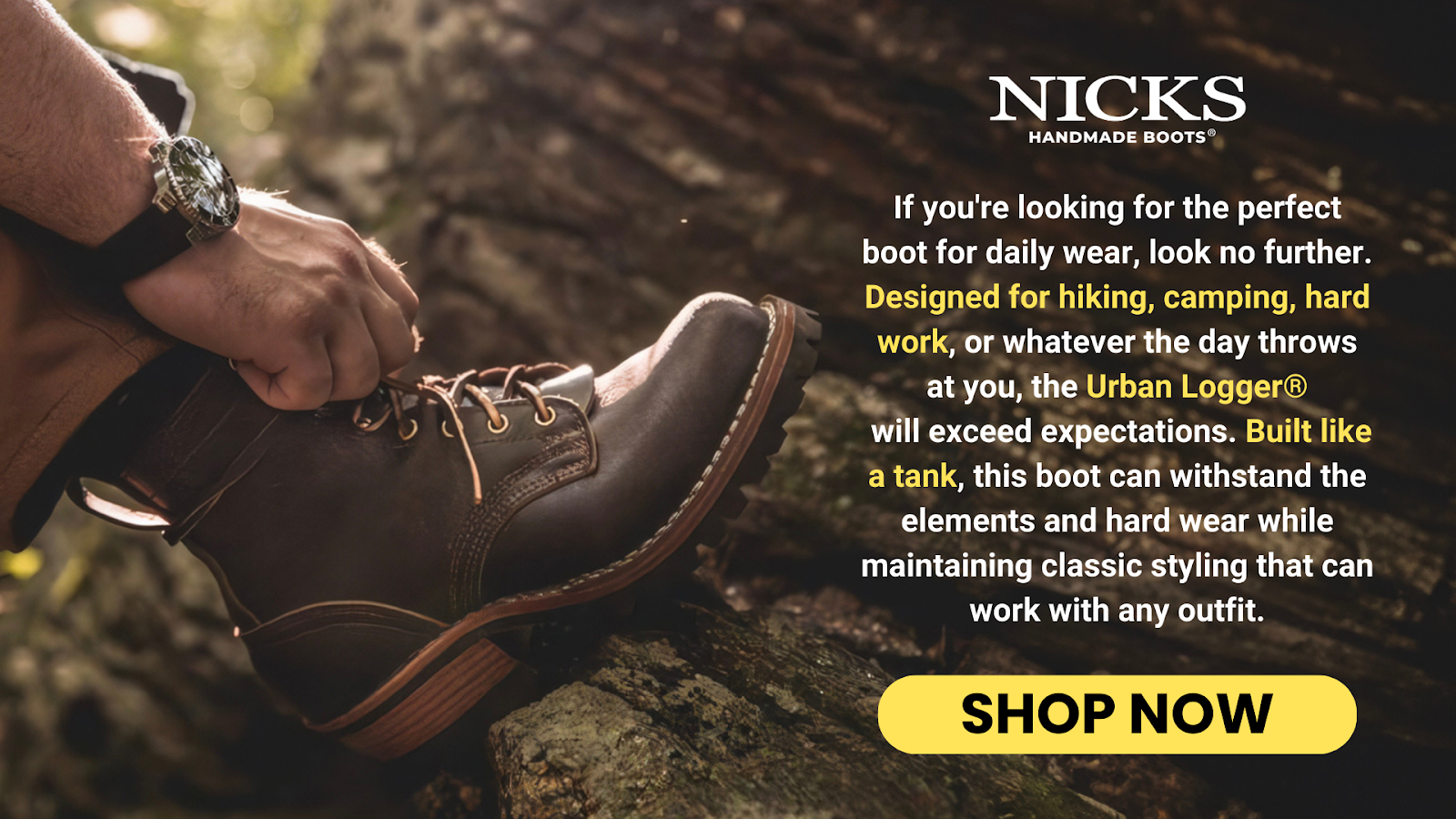

What Is Faux Leather?
Faux leather, also referred to as synthetic or vegan leather, is crafted from plastic-based materials such as polyurethane (PU) or polyvinyl chloride (PVC). These materials are engineered to replicate the appearance and texture of real leather while being more cost-effective and free from animal-derived components. With continuous advancements in manufacturing techniques, modern faux leather has become so refined that it can often be mistaken for genuine leather at first glance, making it a widely used alternative in fashion, furniture, and automotive industries.
Unlike real leather, faux leather does not develop a patina over time, which means its texture and color remain consistent throughout its lifespan. Additionally, it is easier to clean and maintain because it does not absorb moisture, making it resistant to stains and spills. Although faux leather does not possess the same durability and aging characteristics as genuine leather, it remains a favored choice for budget-conscious shoppers and those prioritizing ethical and sustainable consumer options.
Key Differences Between Faux Leather And Real Leather
Understanding the differences between faux leather and real leather is crucial when deciding between them. From durability to sustainability, each material offers unique advantages and drawbacks. Let’s break down the key aspects that set them apart.
- Durability and Longevity: Real leather is known for its exceptional durability, often lasting decades with proper care. It naturally resists wear and tear, developing a rich patina that enhances its appearance. Faux leather, on the other hand, has a shorter lifespan and tends to crack or peel with extended use. While high-quality faux leather can be durable, it rarely matches the longevity of genuine leather.
- Appearance and Texture: Genuine leather has a unique grain pattern, giving each piece a one-of-a-kind texture. It feels soft, breathable, and slightly textured to the touch. While visually similar, faux leather often has a more uniform appearance with an artificial feel. Some premium faux leathers do a great job of replicating the real thing, but they still lack the depth and natural imperfections that make real leather unique.
- Maintenance and Care: Real leather requires regular conditioning to prevent drying and cracking. It’s also sensitive to water, so it needs extra care in wet conditions. Faux leather, in contrast, is much easier to maintain. It can be wiped clean with a damp cloth and doesn’t require conditioning. However, once faux leather starts to peel or crack, it’s difficult to repair, unlike real leather, which can be restored with treatment.
- Eco-Friendliness and Sustainability: The environmental impact of real leather depends on the tanning process and sourcing practices. While it is biodegradable, traditional leather production involves harmful chemicals. Faux leather, despite being animal-friendly, is made from plastic, which is not biodegradable and contributes to pollution. However, some brands now offer more sustainable plant-based leather alternatives.
- Price and Affordability: One of the biggest advantages of faux leather is its affordability. It provides a budget-friendly option for those who want the leather look without the high price tag. Real leather is significantly more expensive due to its quality, durability, and craftsmanship, making it an investment rather than a quick purchase.
Comfort And Breathability
When deciding between faux leather and real leather for jackets, comfort is a crucial factor to consider. Genuine leather has a natural breathability that allows air to pass through, reducing heat buildup and promoting ventilation. This unique characteristic helps it adapt to different temperatures, making it a versatile choice that remains comfortable in warm and cool weather conditions.
Faux leather, in contrast, is made from synthetic materials that lack the same level of breathability. As a result, it tends to trap heat, making it feel overly warm and less comfortable for prolonged wear, especially in hotter climates. Additionally, faux leather does not have the natural ability to stretch and mold to the wearer’s body over time, often leading to a stiffer fit that may not provide the same level of flexibility and comfort as genuine leather.
Weather Resistance And Performance
Weather conditions play a crucial role in determining the longevity and appearance of both faux leather and real leather. Genuine leather, being naturally porous, can absorb moisture if left untreated, making it vulnerable to water damage. While protective coatings and regular conditioning can help maintain its durability, prolonged exposure to rain or high humidity may cause it to stiffen, stain, or even develop mildew if not properly cared for.
In contrast, Faux leather is more water-resistant due to its synthetic nature, making it a practical choice for wet conditions. Unlike real leather, it does not absorb moisture, which helps prevent staining and warping. However, extreme temperatures pose a risk to faux leather, as excessive heat can cause it to crack or peel, while extreme cold may make it brittle. Real leather, with proper maintenance, remains supple and adaptable to changing weather conditions.
Popular Uses: Where Are They Commonly Found?
Faux and real leather are used across various industries, from fashion to furniture and even automotive interiors. However, their specific applications differ based on durability, cost, and ethical considerations.
- Fashion and Apparel: Real leather is a top choice for premium jackets, boots, belts, and handbags due to its luxurious feel and long-lasting quality. High-end brands and craftsmen prefer genuine leather for its durability and ability to age beautifully. Faux leather, on the other hand, is widely used in fast fashion, offering a stylish yet affordable alternative for jackets, bags, and shoes.
- Furniture and Home Decor: Leather sofas, chairs, and upholstery add a touch of sophistication and durability to interiors. Real leather furniture is a long-term investment, known for its ability to develop character over time. Faux leather, however, is a popular option for budget-conscious buyers looking for a similar aesthetic without high maintenance.
- Accessories and Everyday Items: From wallets and phone cases to watch straps and notebooks, leather is a staple in accessories. Genuine leather is often chosen for premium, long-lasting items, while faux leather provides a stylish yet affordable alternative for those who prefer cruelty-free options.
Which One Should You Choose?
The decision between faux leather and real leather ultimately depends on personal lifestyle, budget, and ethical values. For those seeking high-quality material that improves with age, genuine leather is the superior option. Its natural durability, breathability, and ability to develop a rich patina make it an excellent investment for individuals who appreciate craftsmanship, longevity, and timeless elegance in their fashion and accessories.
On the other hand, faux leather is a practical choice for those who prefer an affordable, low-maintenance, and cruelty-free alternative. Its sleek and modern appearance offers a stylish option without the premium cost of real leather, making it widely used in fashion, furniture, and accessories. While it may not have the same durability or aging qualities as genuine leather, its ease of care and ethical appeal make it an attractive option for budget-conscious consumers and those prioritizing animal welfare.


Final Thoughts
There’s no one-size-fits-all answer when choosing between faux and real leather. Each material carries its own strengths and trade-offs, shaped by factors like craftsmanship, sustainability, durability, and cost. Real leather has long been associated with quality and longevity, while faux leather continues to evolve, offering ethical and budget-friendly alternatives. As innovations in materials advance, the debate between the two will persist, driven by shifting consumer values and technological improvements. Ultimately, the best choice is the one that aligns with your needs, lifestyle, and personal beliefs, ensuring both style and practicality in your purchase.
Read also:
Frequently Asked Questions About Faux Leather Vs Real Leather
Is faux leather more comfortable than real leather?
Faux leather is often lighter and softer initially but doesn’t conform to the body like real leather over time. Real leather stretches and molds to fit, making it more comfortable with extended wear. However, faux leather doesn’t breathe as well, making it feel warmer in hot conditions.
Can real leather be waterproofed?
Yes, real leather can be waterproofed using leather conditioners, waxes, or sprays designed to repel moisture. However, even with waterproofing, it’s not completely immune to water damage and should be dried properly if exposed to rain. Regular maintenance helps prevent cracking and discoloration.
Does faux leather have a strong smell like real leather?
Faux leather often has a plastic or chemical smell due to the synthetic materials used in its production. Real leather has a distinct, natural scent that many associate with luxury and quality. Over time, real leather's smell fades but remains pleasant, while faux leather may retain a synthetic odor.
Can you repair faux leather like real leather?
Faux leather is difficult to repair once it starts peeling or cracking. Unlike real leather, which can be conditioned, re-dyed, or patched, damaged faux leather usually requires replacement. Some repair kits offer temporary fixes but won’t fully restore the material.
Is real leather always better than faux leather?
Not necessarily—it depends on your needs and priorities. Real leather is superior in durability and comfort, but faux leather is more affordable, low-maintenance, and cruelty-free. Both materials have their place depending on personal preference and intended use.
Does faux leather break in like real leather?
No, faux leather does not stretch or mold to your body over time like real leather. Real leather softens and adapts to fit better with wear, making it more comfortable. Faux leather maintains its shape but can become brittle and prone to cracking with age.
How does UV exposure affect faux leather vs real leather?
Both materials can be affected by prolonged sun exposure, but faux leather tends to degrade faster. UV rays can cause faux leather to fade and crack, while real leather may dry out but can be treated with conditioners to restore moisture. Keeping both materials out of direct sunlight helps extend their lifespan.
Is faux leather vegan?
Yes, faux leather is often marketed as a vegan alternative because it doesn’t use animal hides. However, some faux leathers are made with petroleum-based products, which may not be environmentally friendly. Sustainable plant-based leather alternatives are emerging for those seeking a fully ethical option.
Which one is better for cold weather—faux or real leather?
Real leather provides better insulation in cold weather because it naturally retains heat. Faux leather, while wind-resistant, can feel colder since it doesn’t have the same breathable properties. Layering can help, but real leather is the better choice for warmth.
Does faux leather fade over time like real leather?
Faux leather can fade and become brittle with exposure to sunlight and heat. Real leather develops a patina that enhances its character rather than fading unattractively. Proper care can help extend the life of both materials, but real leather generally ages more gracefully.
